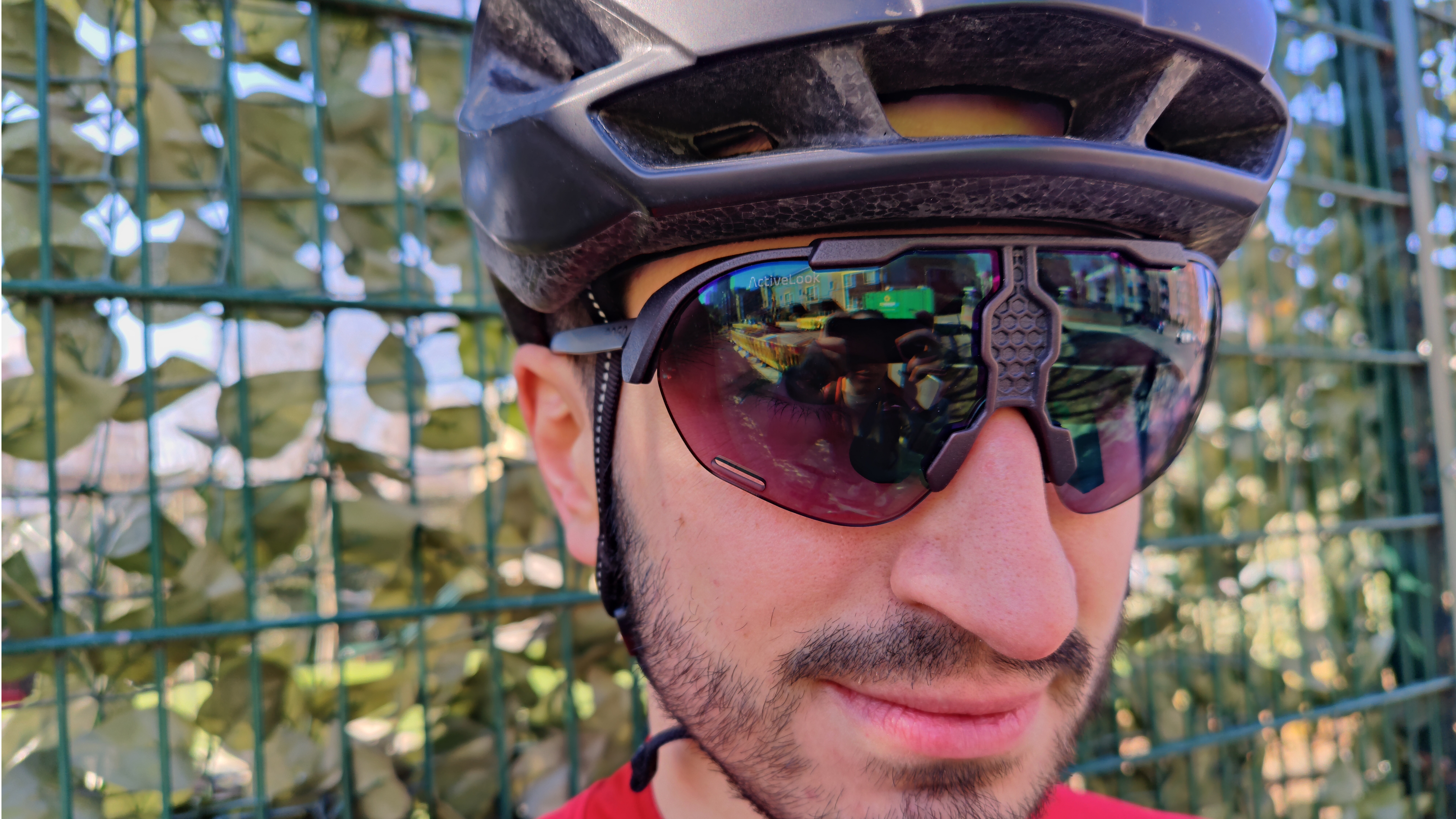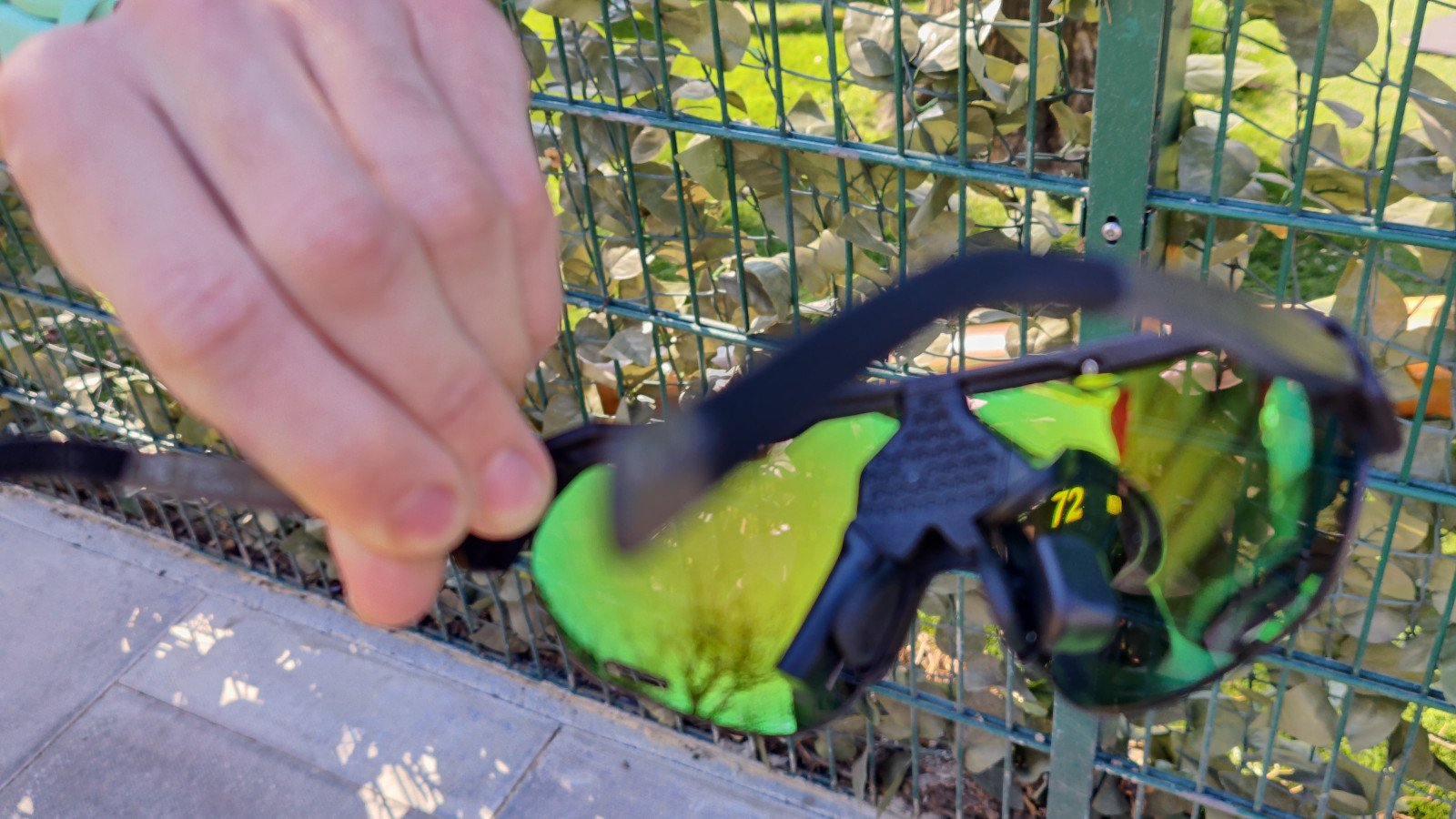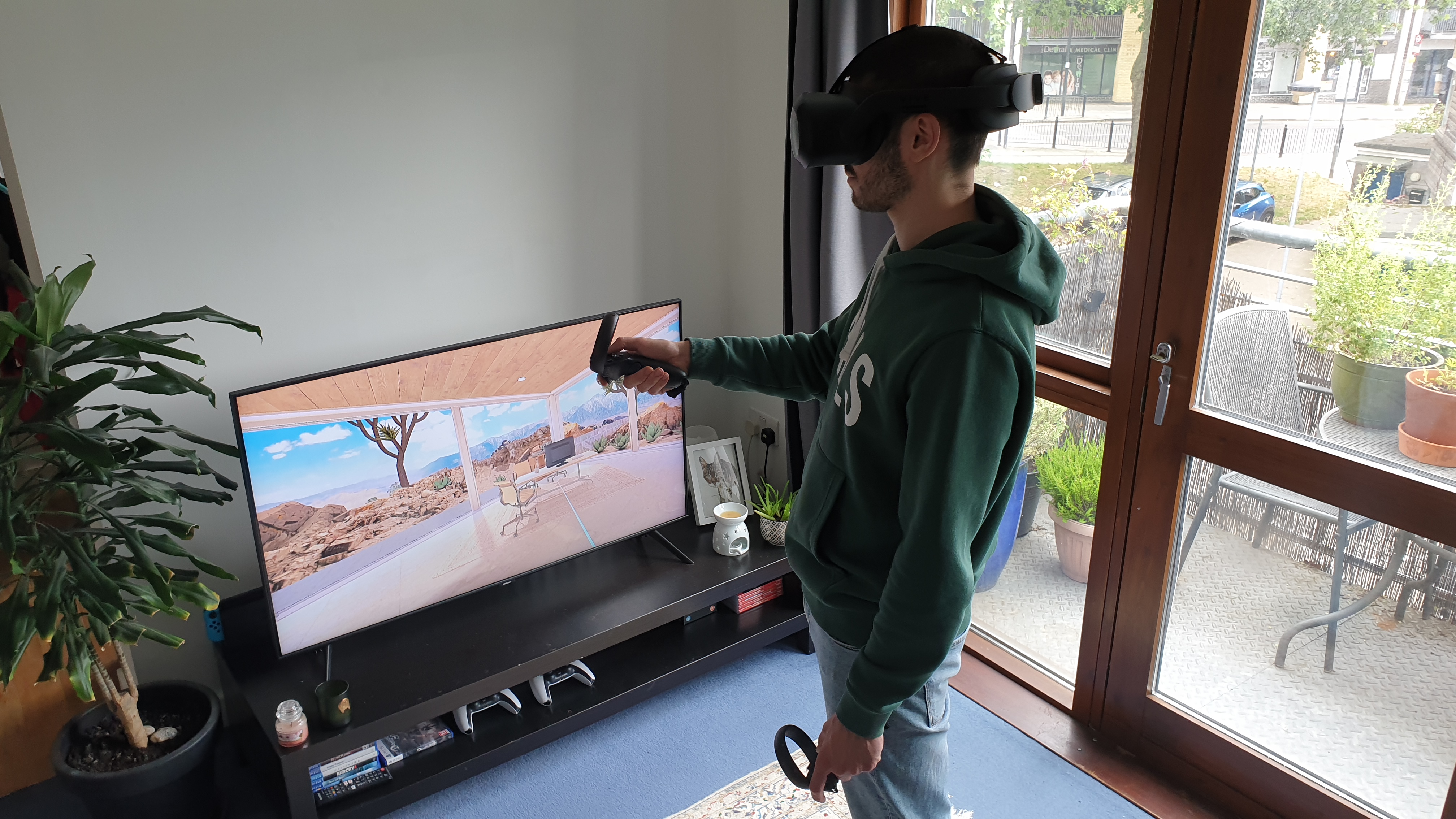Here's what a pair of AR sports glasses taught me about the future of work
These smart glasses convinced me there’s a future for AR in the workplace. But what will it look like?

There has been plenty said over the last decade about the potential for augmented and virtual reality to transform the working environment, particularly in an industrial context.
Despite the efforts of companies like Microsoft and Magic Leap, this grand vision is yet to come to fruition. However, the conversation around extended reality (XR) has become increasingly energetic since the metaverse entered public consciousness, and there are signs we may be on the cusp of a shift.
To see what all the fuss is about, I got hands-on with a pair of sports glasses from a company called Engo, which use ActiveLook AR technology to project information into the periphery of the wearer’s vision.
Although the glasses are neither as powerful nor feature-rich as the leading enterprise headsets, the core premise is largely the same. And they taught me more about the future of work than expected.
Surprisingly natural
The simple purpose of the Engo glasses is to improve the safety of runners and cyclists by eliminating the need to glance down at a sports watch or head unit to consult activity data, which means more time spent with eyes on the road.
The specific data projected into the lens of the Engo glasses can be configured by the user, but includes real-time speed, distance travelled, time elapsed, elevation gained and so on. By waving a hand in front of the glasses, the wearer can switch between two separate banks of data.
In a factory or hospital setting, AR glasses fulfill a similar purpose, serving up important data to workers whose hands are otherwise engaged, and improving safety standards in the process.
Are you a pro? Subscribe to our newsletter
Sign up to the TechRadar Pro newsletter to get all the top news, opinion, features and guidance your business needs to succeed!

What was most striking, having never worn a pair of AR glasses for longer than a few minutes, was the speed with which I became accustomed to receiving information in this new way.
Initially, it was disconcerting to have an artificial source of light hovering in the periphery of the vision, and the temptation was to physically turn the head to consult the information in the lens. But the quick sideways shift of the eye necessary to get a clear look at the figures became second nature soon enough.
And although the additional technology makes the smart glasses heavier than a regular pair, they are comfortable enough to wear for long periods of time, which will be a crucial factor if the technology is to achieve any real penetration. Admittedly, professional-grade AR glasses are even bulkier, but they benefit from extra strapping and support too.
The Engo glasses are also kitted out with photochromic lenses that adjust automatically to the light conditions, which in theory means the same set can be used at any time of day. In practice, I found the lenses performed well in full and partial sun and were a little dark at night, but they certainly weren’t unusable, and I can imagine a similar style of lens coming in handy for repair technicians and other workers operating in outdoor environments.
As for the data itself, the AMOLED display was plenty bright enough to ensure the information was legible on even the sunniest day.
So close, and yet so far
As enlightening as the experiment was, I still wouldn’t incorporate the Engo smart glasses into my regular ridewear. And for the same reasons, AR glasses like these will continue to find a comparatively limited audience in the professional sphere too, at least until a few kinks can be ironed out.
The most frustrating issue is that, unless the glasses are positioned just-so on the bridge of the nose, the data projected into the lens becomes blurred to the point of illegibility or slips from view entirely.
This field of view problem is far from ideal when hurtling down a descent on a bicycle, and would be even more irksome for someone performing a tricky repair on a piece of machinery, conducting a surgery, or doing anything else of the sort. And nor is the issue uncommon; the first-generation HoloLens had a notoriously slim field of view, which led to all manner of clipping and visual glitches.

The second problem was that the glasses would often misinterpret a glance down at the road or the shade of a passing tree as the hand motion that triggers the switch between data screens. It’s tough to draw a broad conclusion based on a quirk of a particular set of glasses, but it did highlight the need for all sensors to be functioning at full capacity for AR to deliver on its promise.
Lastly, but not leastly, there’s the vanity factor. Inevitably, the need to squeeze processors, lasers and mirrors into head-mounted device means AR glasses are bulkier than typical eyewear. Engo has done a decent job of concealing the hardware, but the glasses still give the wearer the look of a bluebottle fly.
Until AR glasses begin to look a little more sleek, I predict a general reluctance to wear them, regardless of the new scenarios they might enable. No one wants to be the next “Glasshole”.
Is the AR revolution inevitable?
The amount of investment flooding into the XR sector and major hardware contracts signed by the likes of the US military suggests the technology is making in-roads, at least in some sectors.
The industrial market will undoubtedly be the first to adopt AR, because the technology offers a novel solution to a long-standing problem, giving factory operators and repair technicians a way to access data and communications hands-free in difficult environments.
In an office context, AR glasses are more of a quality of life improvement, which means the expense is difficult for businesses to justify, irrespective of any potential productivity benefits.
However, as with all emerging hardware, AR glasses will come down in price and manufacturers will figure out how to pack more compute into a smaller, lighter form factor. We’ve already seen this process play out in the consumer VR space, with standalone headsets like the Oculus Quest and HTC Vive Focus largely competitive with the PC-tethered models from years gone by.

When the sums begin to look a little more sensible for businesses, it’s easy to envisage AR playing a bigger role in all of our working lives, not just for factory workers, military and medical professionals.
Imagine a scenario in which remote workers trade in their multi-monitor setups for a combination of traditional, AR and VR displays.
While activities like editing documents and browsing the web might be better suited to a conventional business monitor, AR glasses could serve up email and Slack notifications and alert the wearer to upcoming calendar bookings. Ahead of an important event or meeting, workers might then switch into a lightweight VR headset that better simulates in-person interaction.
Until now, I’ve been relatively skeptical about this vision of the workplace of the future, peddled mostly by the manufacturers of XR hardware and other companies with skin in the game. We already probably have too many screens in our lives, without a pair of specs that lasers data into our eyeline, I thought.
But the experience with the Engo glasses, as much as it can only be considered a loose comparator, showed me that AR doesn’t have to be intrusive. And the potential use cases are compelling.
I may not be ready for AR just yet, but then, AR isn’t quite ready for me yet either.

Joel Khalili is the News and Features Editor at TechRadar Pro, covering cybersecurity, data privacy, cloud, AI, blockchain, internet infrastructure, 5G, data storage and computing. He's responsible for curating our news content, as well as commissioning and producing features on the technologies that are transforming the way the world does business.